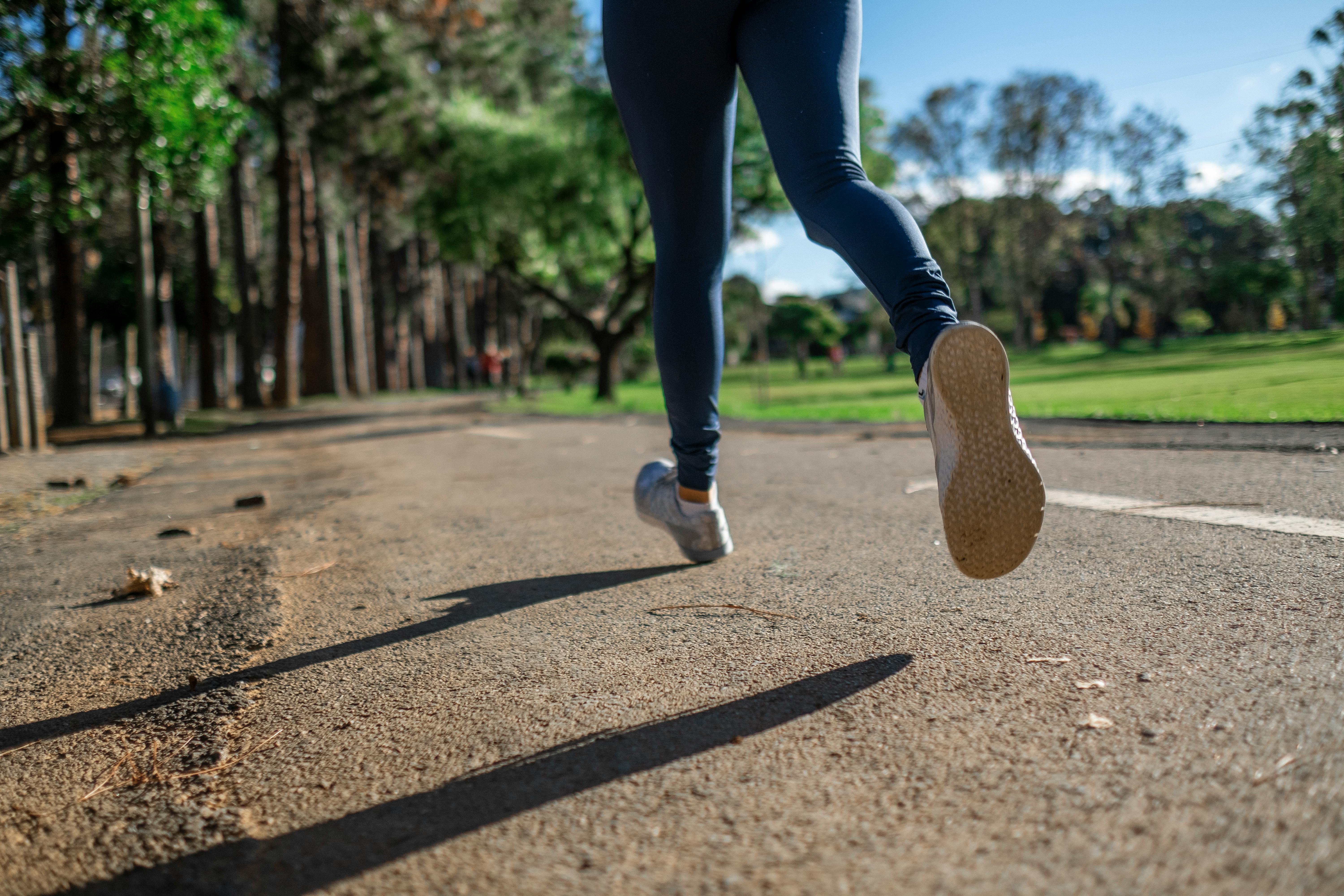Running Gait Analysis
in Thief River Falls, MN

What is Running Gait Analysis?
A running gait analysis is a detailed method for assessing the biomechanics of your running and walking patterns. This evaluation helps identify any abnormalities or inefficiencies in the way your body moves, particularly focusing on how your feet, knees, hips, and torso interact during the gait cycle. The gait cycle refers to the repetitive pattern of movements your body goes through with each step while running or walking. By analyzing this cycle, physical therapists or trained professionals can pinpoint subtle deviations from optimal movement patterns, which may contribute to existing problems or predispose you to future injuries.
A running gait analysis typically involves a combination of visual observation and technology, such as video recording or pressure sensors, to capture and assess your movement in slow motion. The assessment often includes evaluating joint angles, stride length, foot strike patterns, and the overall alignment of your body as you run. Even small deviations in these areas, such as excessive pronation (inward foot rolling) or weak hip stabilization, can lead to overuse injuries, inefficient running mechanics, or chronic pain over time.
Who could benefit from a Running Gait Analysis?
- Runners with injuries or pain: If you experience recurring injuries or pain while running, such as shin splints, plantar fasciitis, knee pain, or hip discomfort, a running gait analysis can help identify underlying mechanical issues contributing to these problems. By detecting abnormalities in your movement patterns, a therapist can provide targeted recommendations for modifying your running form or strengthening specific areas of your body to relieve pain and prevent future injuries.
- New runners: Those who are new to running may benefit from a gait analysis to ensure they are starting with optimal movement patterns. Running is a repetitive activity, and inefficient movement, if not addressed early, can lead to problems as the intensity or frequency of running increases. A gait analysis allows new runners to get personalized advice on posture, foot placement, and muscle engagement, which can help reduce the risk of injuries as they develop their running routine.
- Runners looking to improve performance: Experienced runners seeking to optimize performance, such as improving speed or endurance, can also benefit from a gait analysis. By refining running mechanics, runners can become more efficient, reduce unnecessary energy expenditure, and enhance their performance. For example, improving cadence (steps per minute) or foot strike can help conserve energy and prevent fatigue during longer runs. Identifying and correcting mobility limitations or strength deficits, particularly in the hips, core, or legs, can lead to improvements in speed and overall efficiency.
What happens after a Running Gait Analysis?
After completing a running gait analysis, a trained physical therapist or movement specialist will discuss the findings with you and provide a detailed breakdown of your movement patterns. Based on these results, they will create a personalized program tailored to address your individual needs as a runner. This program may include strengthening exercises, stretching routines, mobility work, and form adjustments designed to optimize your running mechanics. Depending on the specific findings, your therapist may focus on correcting poor posture, improving core stability, addressing muscle imbalances, or adjusting your stride or foot strike.
In addition to running-specific exercises, you may be instructed on proper warm-up and cool-down techniques, shoe recommendations, and how to gradually increase running volume to prevent injury. The ultimate goal of a running gait analysis is not just to treat injuries but to provide runners with the tools to enhance performance, prevent future issues, and run more efficiently.
Are you struggling from a recent sports-related injury? Give us a call at (218) 653-1003



